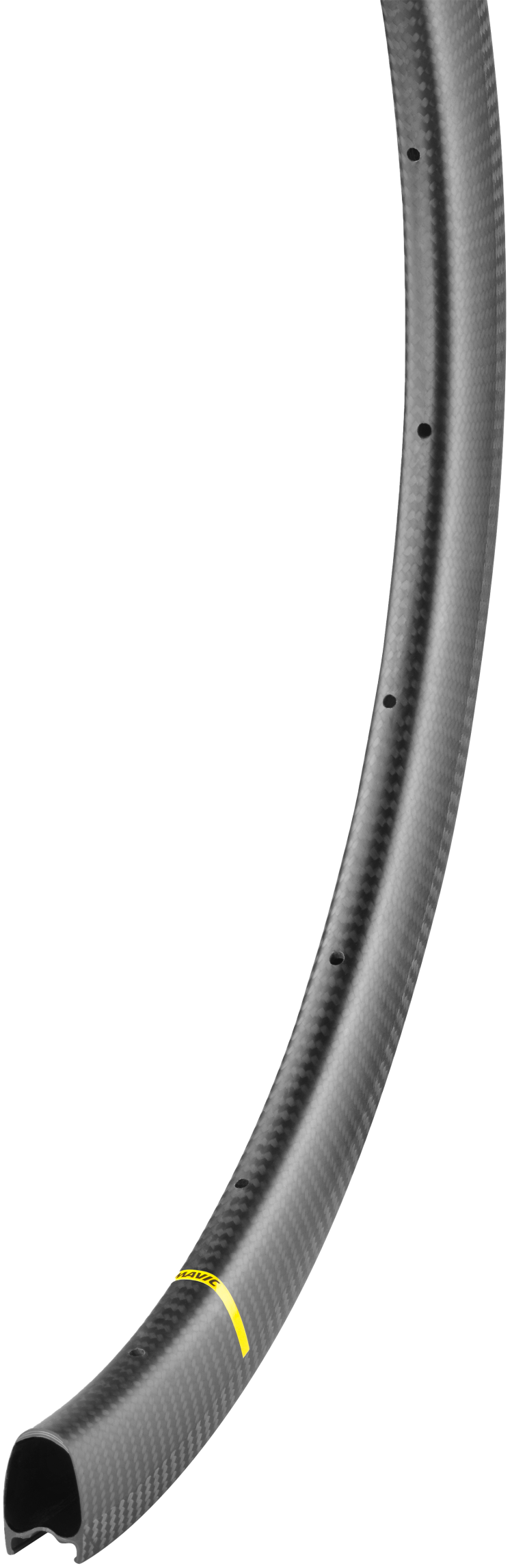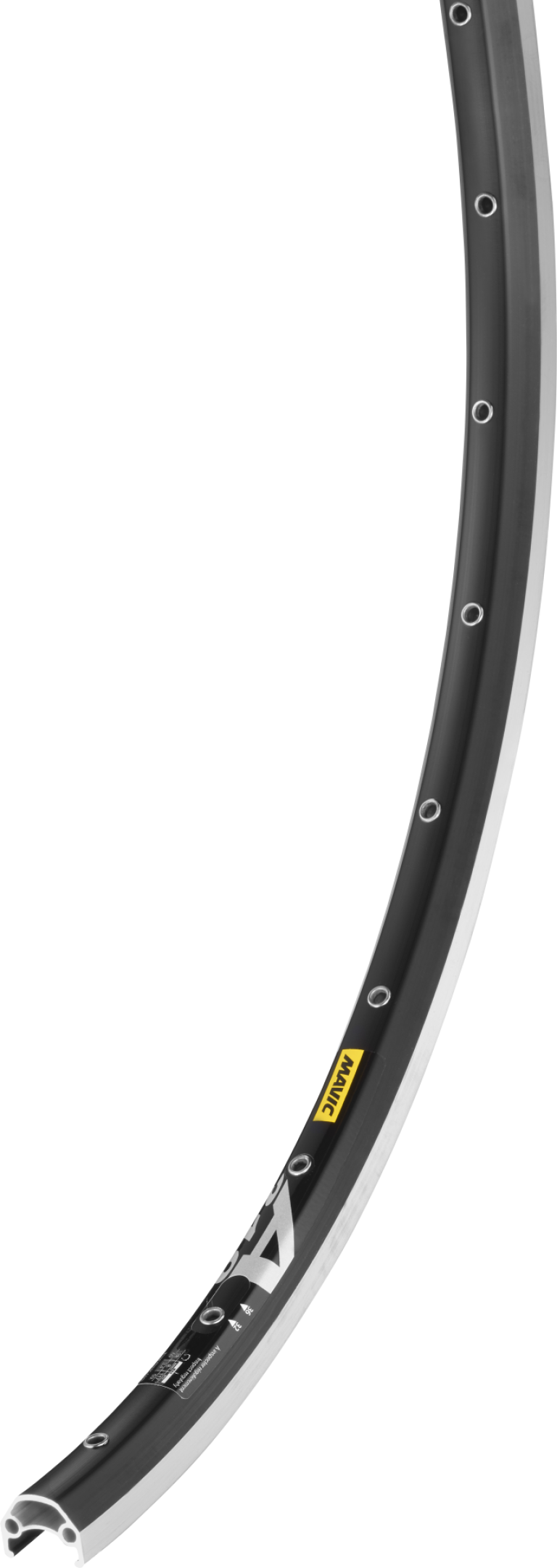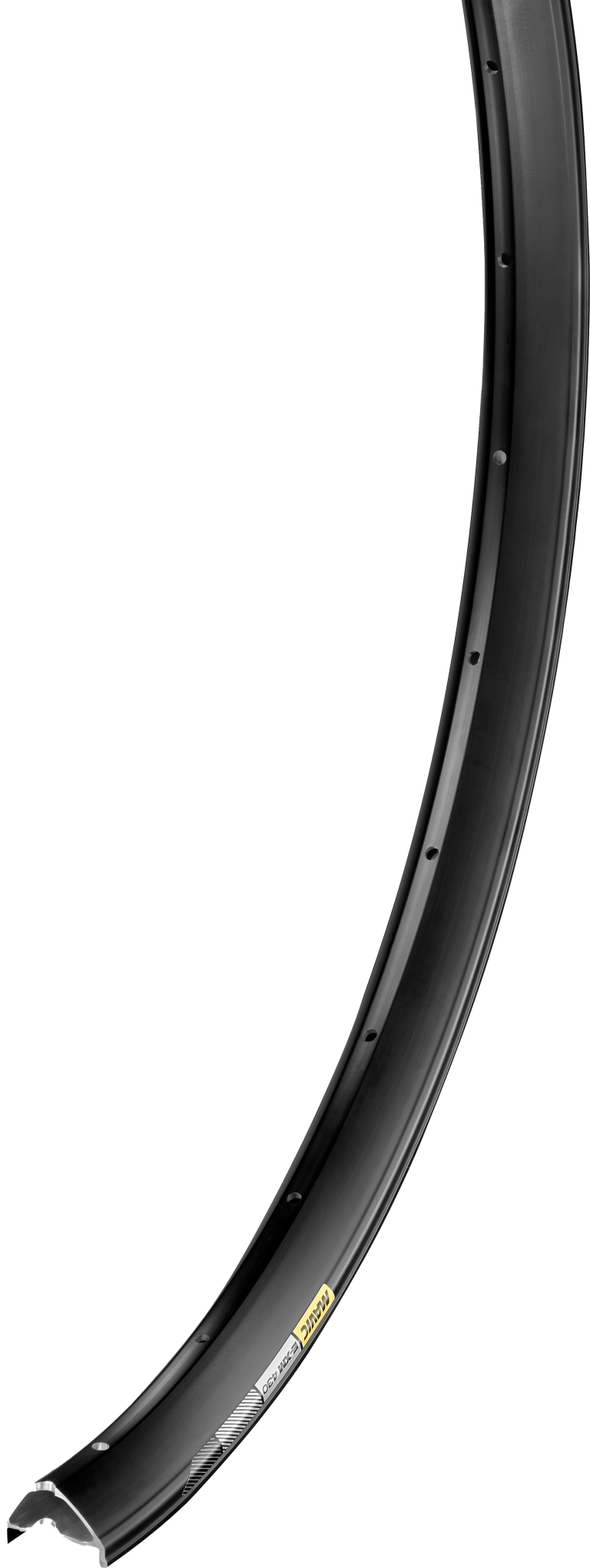What are the advantages and disadvantages of aluminum rims compared with carbon?
Aluminum rims are renowned for their strength, corrosion resistance and lower cost. They offer an excellent compromise for most uses. Carbon rims, on the other hand, are generally lighter, offering better aerodynamics and rigidity, but can be more expensive and less durable in certain conditions.



















